Throughout history, there have been countless geniuses who have left a lasting mark on the world. From Albert Einstein to Leonardo da Vinci, these...
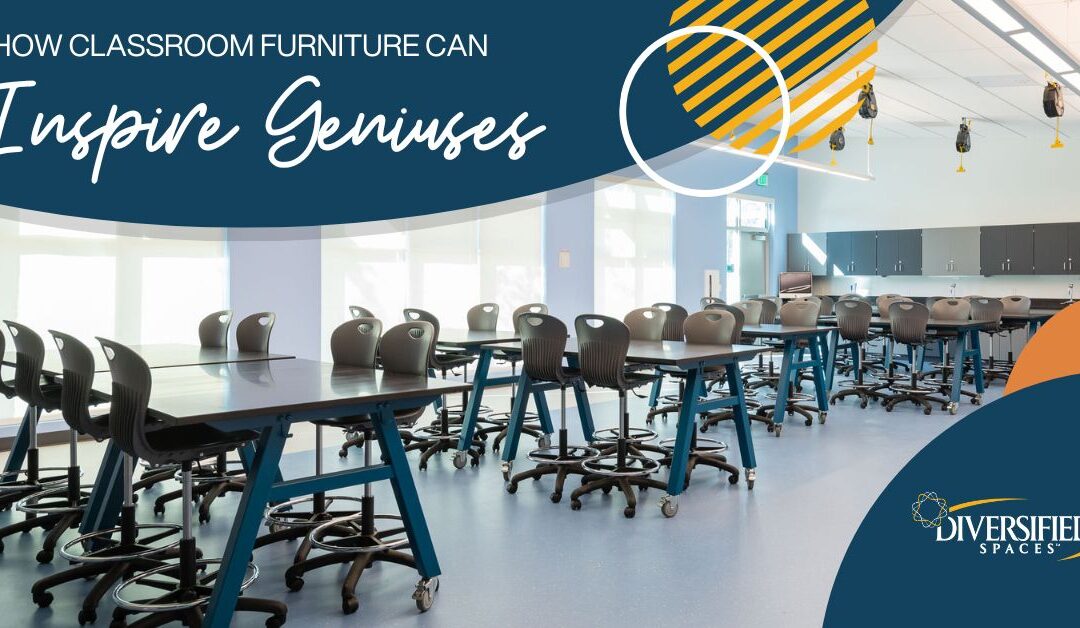

Throughout history, there have been countless geniuses who have left a lasting mark on the world. From Albert Einstein to Leonardo da Vinci, these...
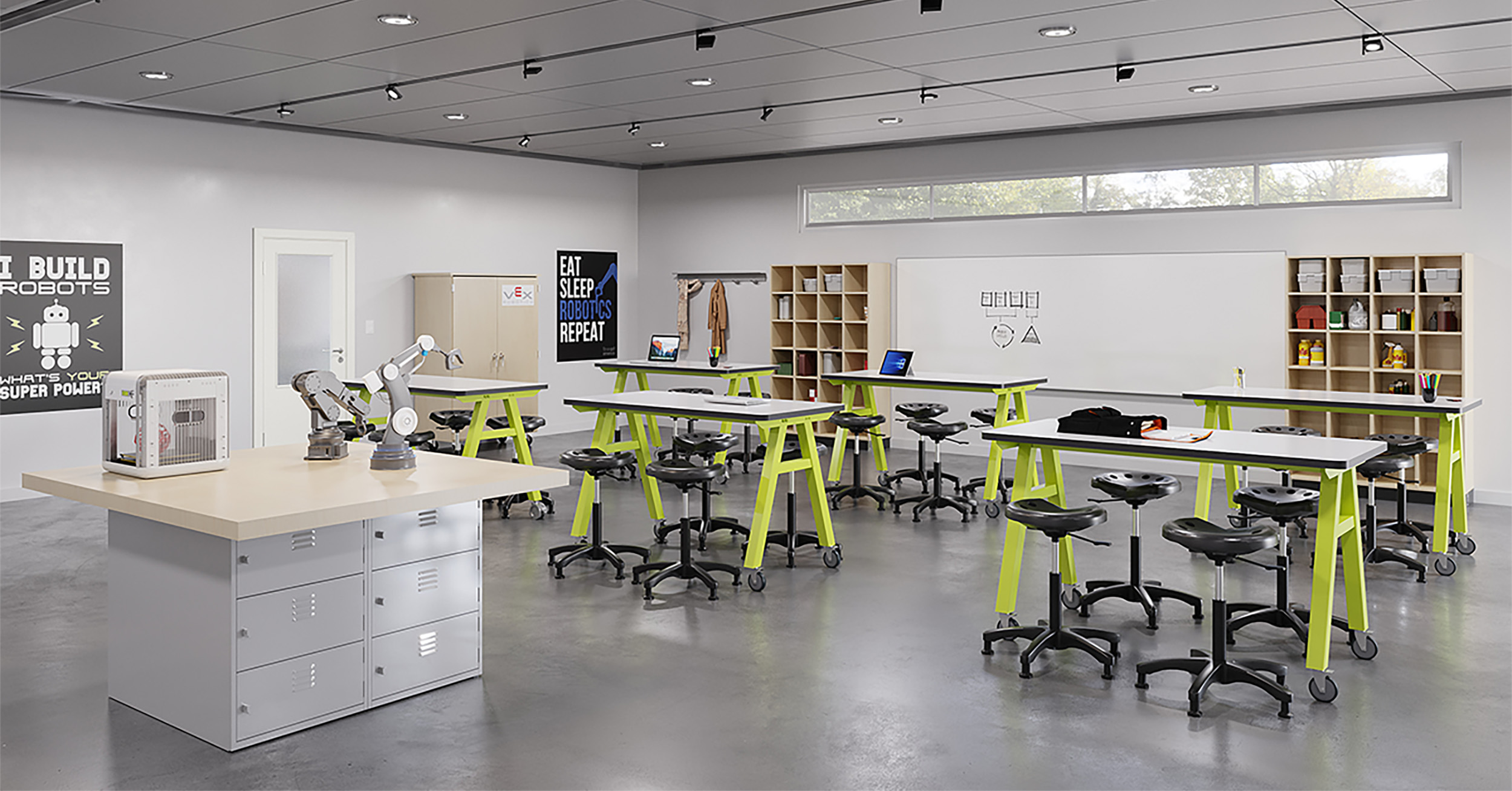
Do you know what a doctor, engineer and IT administrator all have in common? You guessed it: a strong background in STEM education. While many...

Labs are hubs for student learning, experimentation and problem-solving! However, without the proper training and knowledge of lab safety, they can...
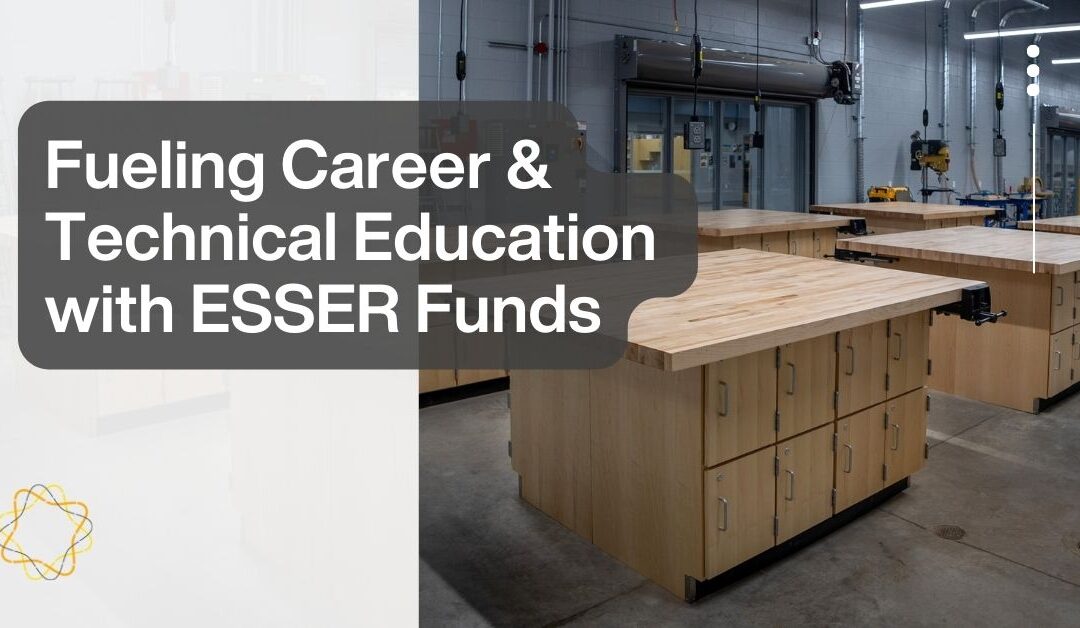
Looking to upgrade your school’s career and technical education program but not sure where to get the funds? Well, we have some great news! Schools...
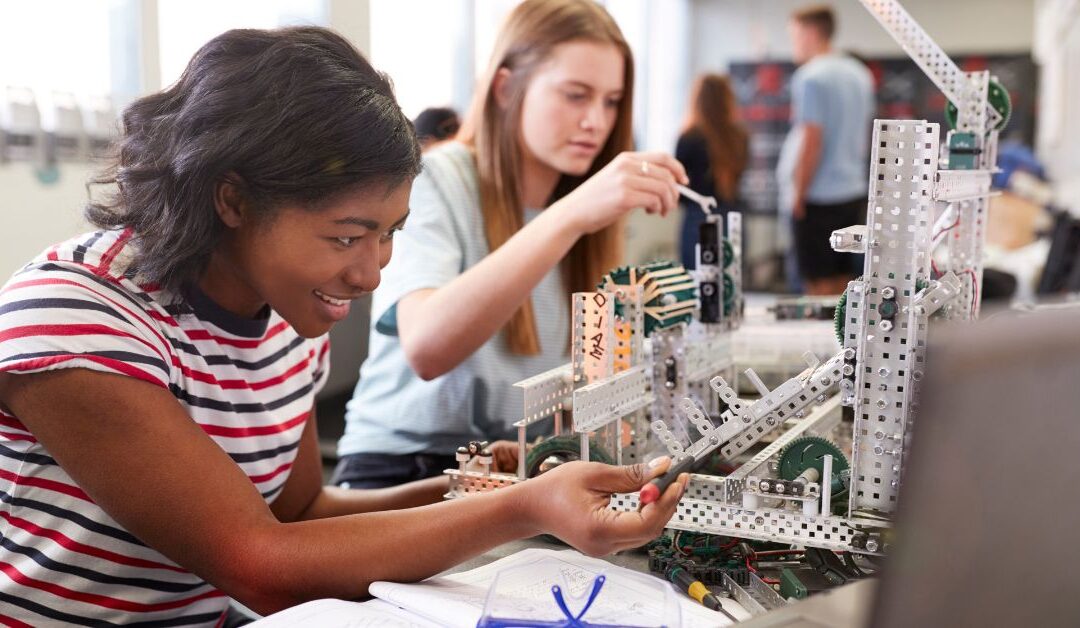
Gone are the days when students could specialize in one area and expect to be successful in their careers. Today’s job market now requires a...
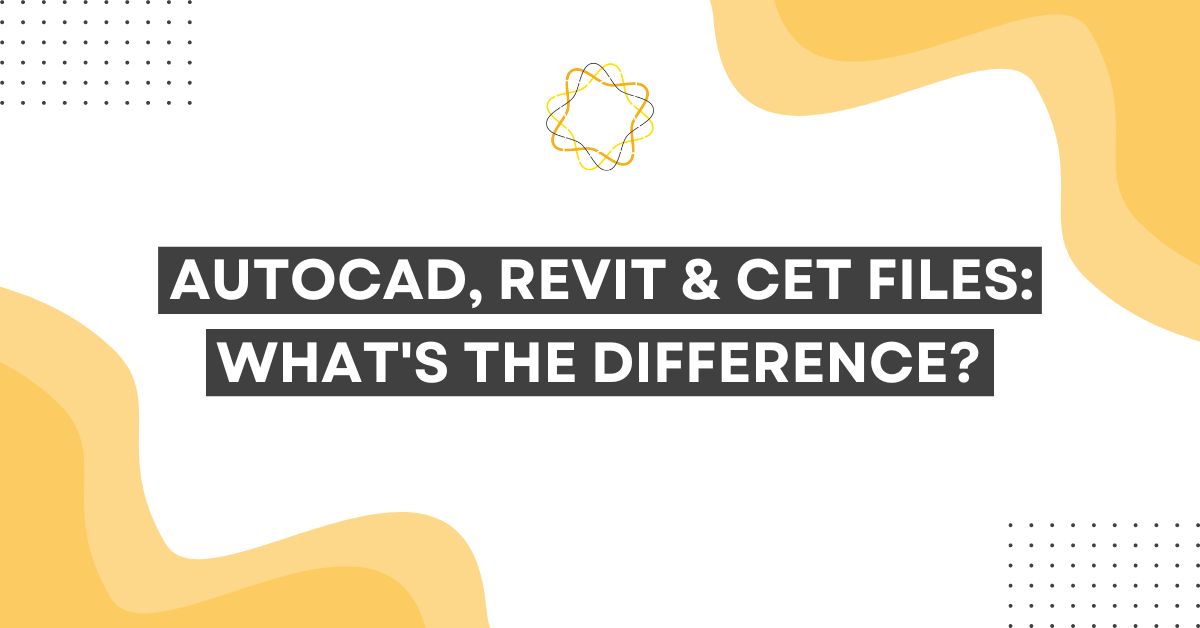
AutoCAD, Revit and CET files are essential in architecture, design, engineering and construction to create detailed 3D models of buildings,...
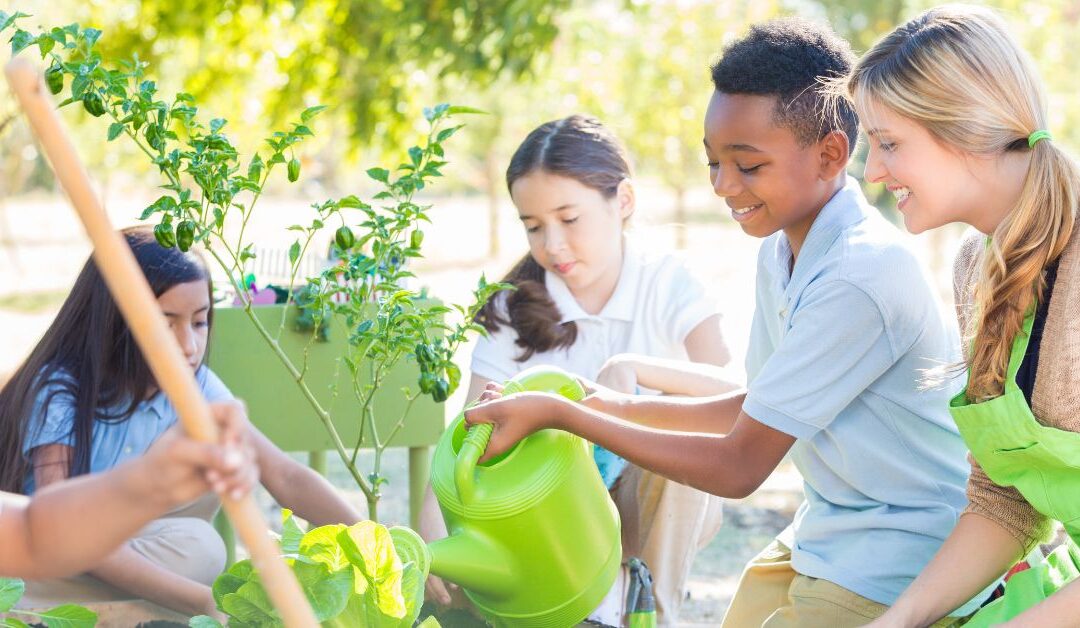
Each year, schools and universities generate about 562,442 tons of waste each year just in California. Can you imagine how much waste is produced in...

Art is one of the most important subjects in K-12 schools. It’s more than learning how to draw a tree or creating a ceramic mug. Art class allows...

“Our world has changed. In today’s highly-technical knowledge-based economy, having hands-on skills and perfecting what one is good at can be more...